Kloster Graefenthal at the river Niers in the Lower Rhine area, Germany
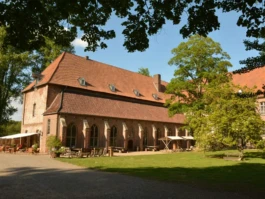
Graefenthal Abbey was founded in 1248 by Count Otto II of Guelders as a Cistercian monastery. It is located in the Niers Valley near the town of Goch – the name “Graefenthal” means “Valley of the Count.”

Thanks to numerous donations, the abbey came to possess extensive lands and estates. Just 100 years after its founding, Graefenthal had become one of the largest and most important convents for women in the Lower Rhine region.
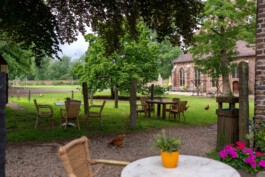
The monastery, which was partially destroyed during the Cologne-Burgundian Wars (1473–1480), was rebuilt at the end of the 15th century under Johan II of Cleves.
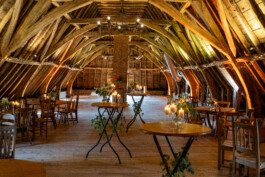
The impressive timber roof structure of the north and east wings dates from this period of reconstruction – and it is beneath this very roof that we will celebrate our Tango Celebration in 2026.
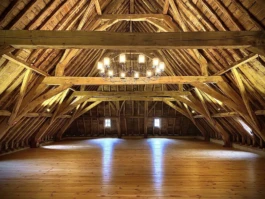


Extensive restoration work on all buildings within the monastery complex was carried out in the second half of the 20th century and at the beginning of the 21st century. Original structures from the 13th century can still be seen in various parts of the site today.
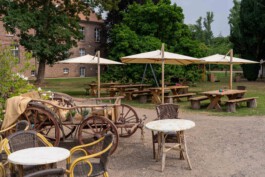
The current owner, ADG, uses the complex for hosting events such as Easter and Christmas markets as well as medieval festivals. Proceeds from these events also contribute to the ongoing restoration of the monastery grounds.
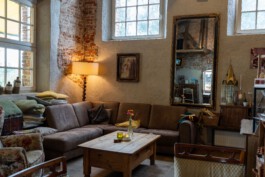

Kloster Graefenthal at the river Niers in the Lower Rhine area, Germany

Graefenthal Abbey was founded in 1248 by Count Otto II of Guelders as a Cistercian monastery. It is located in the Niers Valley near the town of Goch – the name “Graefenthal” means “Valley of the Count.”

Thanks to numerous donations, the abbey came to possess extensive lands and estates. Just 100 years after its founding, Graefenthal had become one of the largest and most important convents for women in the Lower Rhine region.

The monastery, which was partially destroyed during the Cologne-Burgundian Wars (1473–1480), was rebuilt at the end of the 15th century under Johan II of Cleves.

The impressive timber roof structure of the north and east wings dates from this period of reconstruction – and it is beneath this very roof that we will celebrate our Tango Celebration in 2026.



Extensive restoration work on all buildings within the monastery complex was carried out in the second half of the 20th century and at the beginning of the 21st century. Original structures from the 13th century can still be seen in various parts of the site today.

The current owner, ADG, uses the complex for hosting events such as Easter and Christmas markets as well as medieval festivals. Proceeds from these events also contribute to the ongoing restoration of the monastery grounds.

